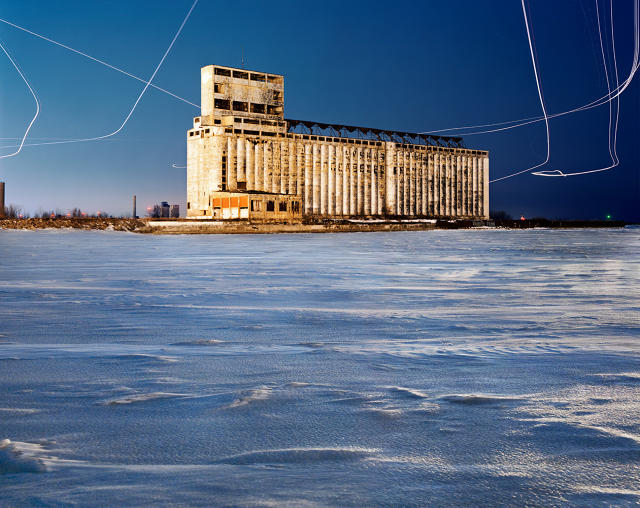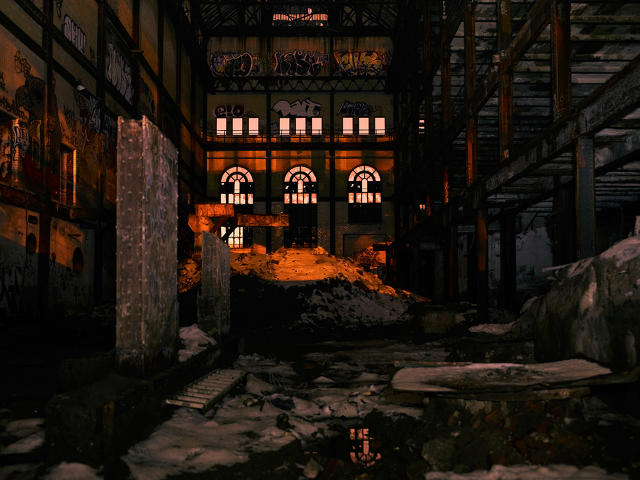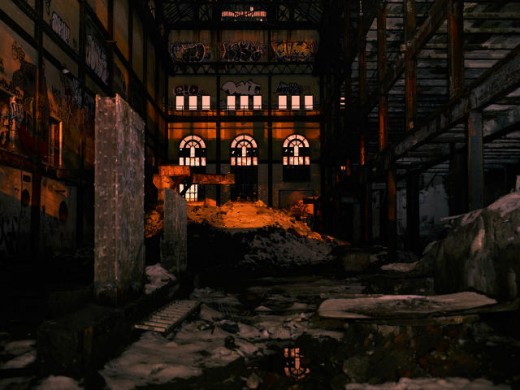Haunting Photos Of Abandoned Factories Chart Industrialization’s Demise
Dramatic shots of disused factories around the world reveal an economic force on the wane.
Korean photographer Taewon Jang grew up intimately familiar with the world of industrialization. His father spent 36 years working for a cement factory, during which time Taewon witnessed the industry’s evolution first hand—including the loss of factories and the jobs it provided. “Many of the basic industries that were considered important in the 20th century are now being abandoned due to rapid changes in industrial exploitation,” he told Co.Design “I have been trying to document these changes.”

Taewon’s book of photographs Stained Ground showcases industrialization’s demise, with dramatic nighttime shots of disused factories around the world. The decline of manufacturing in the U.S. has been particularly dramatic. Manufacturing made up 28% of the country’s economic output in 1959; today it is just 11%. Even in the past 15 years, over 3.5 million manufacturing jobs have left the U.S. That makes for a lot of empty factories. And the rest of the world isn’t necessarily better off.
Taewon was inspired by an eerie, abandoned factory in South Korea’s demilitarized zone, which he stumbled upon in 2005. “I started thinking that this strange landscape, which was neither for human use nor for nature itself, would sooner or later blanket this planet,” Taewon writes in his artist’s statement. His subsequent investigation into these strange netherworlds, which he calls “20th century follies,” has taken him around the globe to important historical locations from the Industrial Revolution, such as Bethlehem, Pennsylvania, home of the iconic Bethlehem Steel factory.

Fittingly, the photos in Stained Ground have an otherworldly quality. Taewon achieved the effect through super-long (eight- or nine-hour!) exposures.
Taewon’s images could pass for ruin porn, that photography genre that romanticizes destruction and dystopia. But conjuring some evil future isn’t the artist’s intention—he’s more interested in using darkness to draw attention to what we’re not noticing in the present. “Daylight illuminates everything evenly—under sunlight, a long-abandoned mining factory in Blair, Nevada, or an oil refinery in full operation in Texas don’t look that different,” he says. “But at night, only the things we want to boast about emit light, whereas darkness covers that which we don’t.”
[All Photos: Taewon Jang]
Fast Company , Read Full Story
(259)














